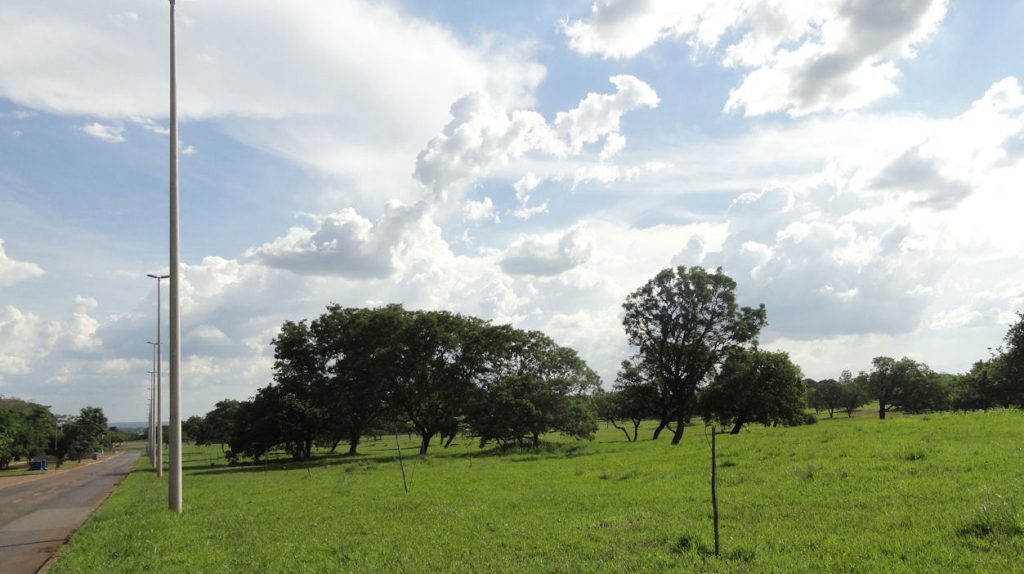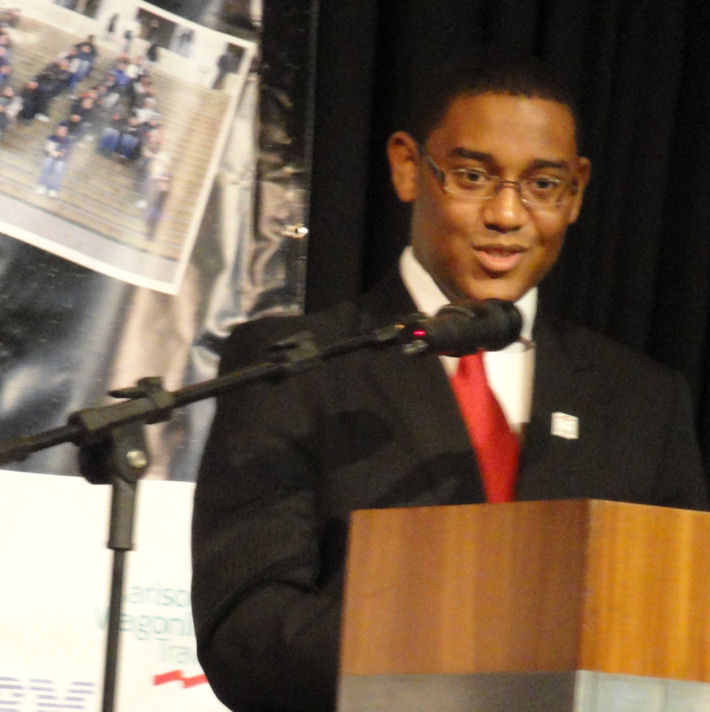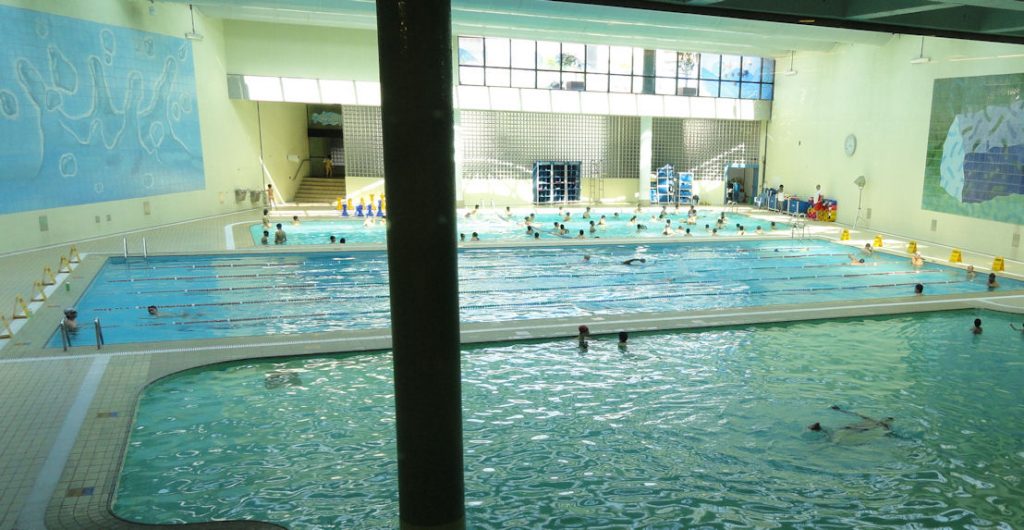
A good measurement must be appropriate to the things being measured, stable and easy to understand. Public Diplomacy really doesn’t have such a measure. Even in much more concrete marketing of goods or services, there is significant disagreement about the extent that advertising drives sales. There are often rises or drops in sales that have nothing to do with the promotion. For example, many firms did very well in the late 1990s when the economy was strong. Many have seen sales drop after the economy went south in 2008. Is advertising to blame?
They tell us that we need to have a culture of measurement & that should measure all our programs against objective criteria. I agree. My problem is with the proxies we must use in PD and the time periods we assess. By proxies, I mean things we can measure that we think reflect the real thing we want to measure, that is changes in attitudes that lead to changes in behaviors. At best, we can do opinion research, but such surveys are often poorly designed (what real use is the question about whether or not you approve of the U.S., for example?). Besides, people often do not tell the truth to pollsters or even know themselves what they really think.
But the bigger challenge is time-frame. We want to know within days if our exchange program or outreach effort was successful. That is a little worse than planting an acorn and asking a day later about the size of the tree.
I talked to a lot of people during my recent trip to São Paulo. I did not have a representative sample, since I talking only to those who had been affected by our PD programs. I also am unable to factor out my own bias. I asked the questions based not only on what people were telling me but also on my own ideas about what was important. Nevertheless, I believe that my visit provided insights that, added to my extensive experience in diplomacy, produce a useful narrative.

My narrative starts not with a contact but with a creator. I went to São Paulo a day early so that I could meet Ambassador Donna Hrinak and watch the taping of her telling the story of Youth Ambassadors. You can follow this link for more information about the program in general. I was impressed by how well the program had grown and progressed since it originated in Brazil ten years ago. This primed me to look for other signs of achievement.

I didn’t have to look far. I didn’t have to look at all. The experience found me in the person of one of the former Youth Ambassadors, now an intern at DOW Chemical in São Paulo. Wesley told me how the Youth Ambassador program had changed his life and that he viewed his life history divided into before and after the program. Wesley came from a slum in São Paulo so nasty that taxi drivers refused to enter. He was poor in the existential sense but he lived hopefully in a hopeless place.
The Youth Ambassador program was his way out. But he didn’t leave physically. He still goes back home to work on helping others improve and volunteers at an orphanage there. His presence alone is a continual example that challenges can be met and overcome. Our public diplomacy helped achieve this, but it is not mere social work and not limited to Wesley. I have heard similar stories over and over from people who will be future leaders of Brazil. They say they will never forget the generosity of the United States and I don’t think they will. But Wesley told me something else more poignant.
He said that before being chosen as a youth ambassador, he thought he was a limited person. He now understands that he has no limits. America is like that, he said, and it helps create this in others. Can we have a better advocate carrying a better message? You can see Wesley alongside this article, speaking at our youth ambassador event. And there are scores of others like him. Thanks Donna.

Then I went over to SESC. We don’t have anything exactly like SESC in the U.S. It is a corporatist institution created by Getúlio Vargas that receives mandatory contributions from commercial firms. In return it runs social centers that feature gyms, arts exhibits, plays, swimming pools and even a dental clinic. I was impressed but with somewhat mixed feelings. It was a lot like things I had seen built by the communists in Poland or by authoritarians in other parts of Europe, a paternalist network. But nice; undeniably something that worked.

I met the directors, who were honest, earnest and dedicated. I started to praise their operation, mentioning that we don’t have similar networks in the U.S. This they knew, because many of their number had been to the U.S. on our voluntary visitor program. The VV program is, IMO, a highly leveraged PD tool. The visitors pay their own way and so are highly motivated – at least they have some skin in the game. My colleagues in the U.S. help set up a program of study. In the case of SESC, they studied how charitable organizations and NGOs work in the U.S.
What the SESC people explained to me, I could not have said better myself, although I have on many occasions tried to explain it. They saw that in the U.S. we indeed did not have public funded organizations like SESC. Our public-funded institutions were often more literally public funded – and staff. The U.S., they understood, was exceptional in the way that voluntary contributions of time and money ran many of the things that governments need to do in other places. This goes back at least to the time of Alexis de Tocqueville, I added. They approved of the way things were done in the U.S. They understood the subtlety that the U.S. Federal government does not much sponsor culture, but that the America nation does in spades. Again, imparting this understanding of the U.S. is an important PD objective. I could have brought down an expert on NGOs or maybe given a lecture on Tocqueville. As a matter of fact, I have done both those things more than once. How much better is it for intelligence and involved Brazilians to do the explaining for us?
In the cases I mentioned above, how would we measure? I suppose the people involved would have expressed satisfaction when they were debriefed. But the understanding and appreciation developed over time. I understood from the SESC people that they had shared their experience all around their organization, even published a book about it. As the experience in America mixed with experiences of their own in running their operation in São Paulo, it became something different, something their own, something sui generis the offspring of Brazil and America shaped by its own environment. They also have maintained contact with Americans they met on the trip, forming with them an engaged and interactive community. This is the kind of thing that public diplomacy can foster but not create. We can create only the conditions for others to prosper. We did.
I had supper with a couple of people from the arts community. As a talent-free individual myself, I don’t really do art, but I understand that others do and the value it has for the community. One of my meal-mates we the culture director at a local TV station. When I mentioned that I had been in Brazil in the 1980s, she explained how an IVLP grant they received during that time had changed her career path and not incidentally her views of the U.S. Back in her youth, she recounted, she had been influenced by European artists and intellectuals in ways not generally favorable to the U.S. The master narrative was that Americans were a materialistic bunch who didn’t really have much use for the higher things in life. Her visit to the U.S. showed her that this was not true.
She learned that the American system was simply different. It was much more flexible, less dependent on centralized or bureaucratic planning but as or more effective as other systems in “delivering” arts and culture to people all over the vast country. In many ways, she said, this system was more appropriate for Brazil, which like the United States is a vast and diverse country. Since the time of her visit, now a quarter of a century ago, the insights she got on the IVLP tour have been developing and evolving. Of course, the way she thinks today is not based on what she “learned” in America during her first brief visit, but the visit was instrumental in setting her thoughts in a new direction. This is what she told me.
Our other meal-mate was headed to New York the next day and from there to Washington to meet contacts at the Kennedy Center. His ties to the U.S. were greatly enhanced by a voluntary visitor program (the one where the visitors pay for the trip and we help arrange meetings) three years ago. Among the places he went was Julliard in New York, where he met with Americans eager for exchanges of talent and experience with Brazil. This led to a robust series of privately funded and run exchanges. It is not enormous. We are talking about five people a year, but this is exactly the kind of individual networks that hold society together and help bring communities together, in this case artistic communities in São Paulo and New York. The American nation is greater than the American government. In this case, like in others, activities of diplomats and bureaucrats like us helped bring together Americans and Brazilians in sustainable ways that is leading to cross fertilization and enrichment on all sides.
Let me get back to my original question. How do I – how do we – measure these things?
We have lots of friends in influential places. They are in constant contact with Americans influential in their fields. They actively seek contacts with us and with American counterparts; they talk to their fellow Brazilians about the U.S., sponsor programs and even publish books about their experiences or the outgrowths from them months and years later. This didn’t happen in a few days. We would have been able to boast about media coverage, but even the most widespread television or newspaper coverage would pale in comparison to what that slow building of friendship achieved.
I used to think we were in the information business years ago when I was a young officer. I measured my success mostly by media coverage and “buzz”. Now I understand that we are in the relationship business and relationships take time to grow. To illustrate, I suppose we could say that relationships are the orchards and the day-to-day information is the fruit, or maybe it is the urgent versus the important. We have to do the fast-media. Not paying attention to this can be hazardous. But, we should go for the high value-long term results whenever possible.
Yesterday’s newspaper is old tomorrow; Homer is new forever.
My top picture shows Brasilia roads, with the green of the recent rains and the shining sky. Below is Ambassador Donna Hrinak being interviewed about Youth Ambassadors. Down one more in Wesley, one of our most successful YA. Below that is a pool at SESC followed by a Sao Paulo business center.
